15+ Sample Behavior Chart For Kids
-
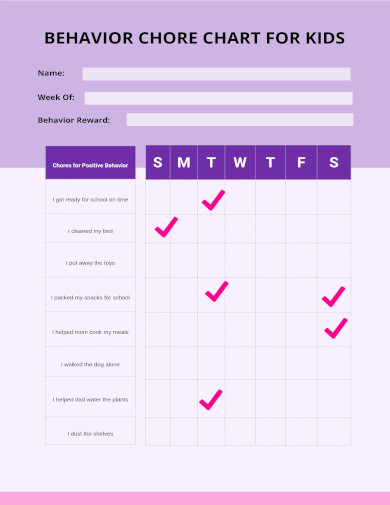
Behavior Chore Chart For Kids
download now -
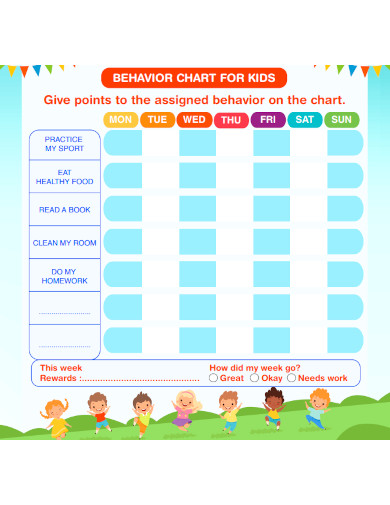
Sample Behavior Chart For Kids
download now -
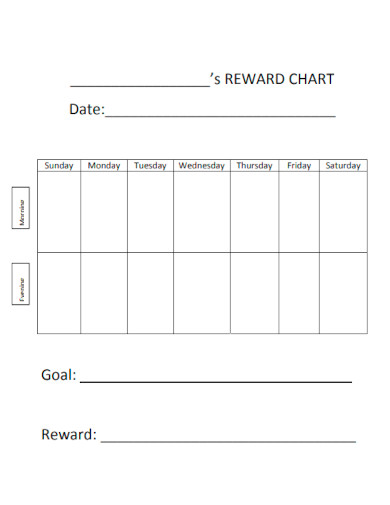
Rewards Behavior Chart For Kids
download now -
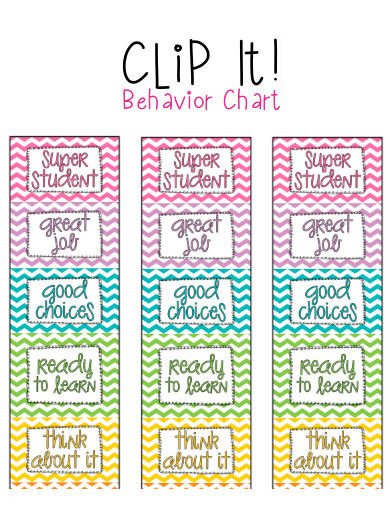
Clip It Behavior Chart for Kids
download now -
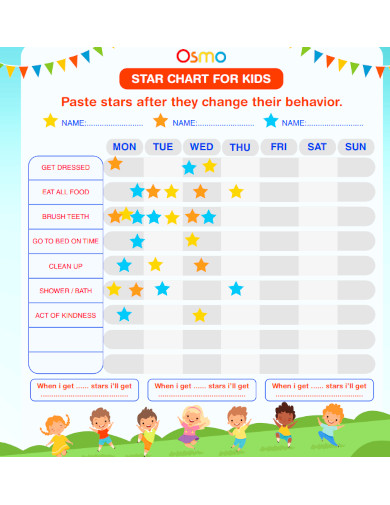
Behavior Star Chart For Kids
download now -
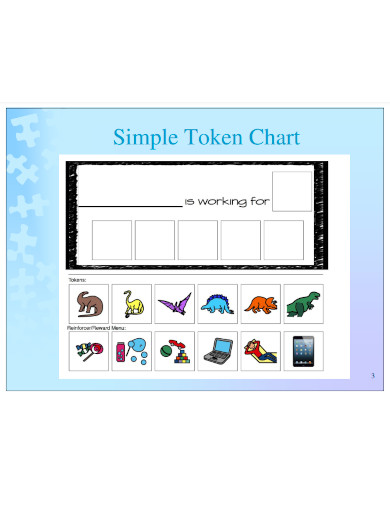
Simple Behavior Chart For Kids
download now -
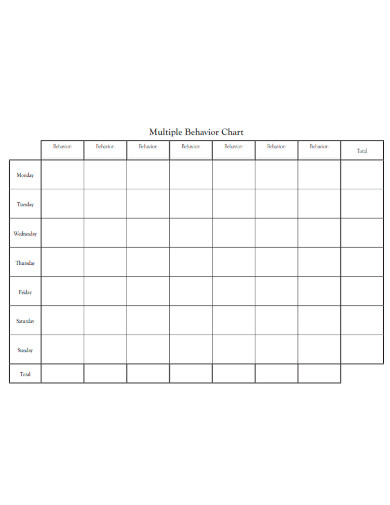
Multiple Behavior Chart For Kids
download now -
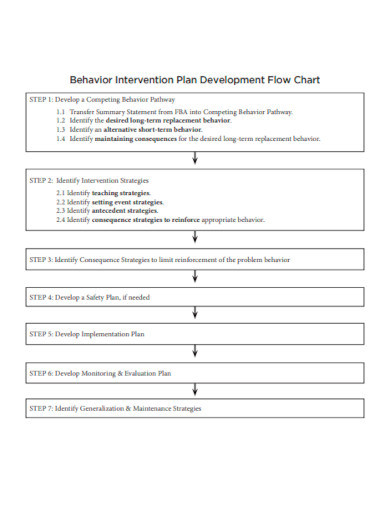
Behavior Intervention Plan Kids Flow Chart
download now -
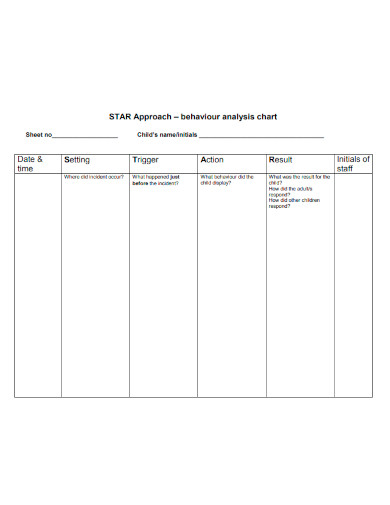
Behavior Analysis Chart for Kids
download now -
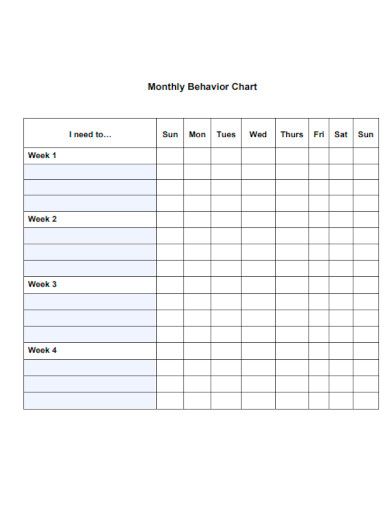
Monthly Behavior Chart For Kids
download now -
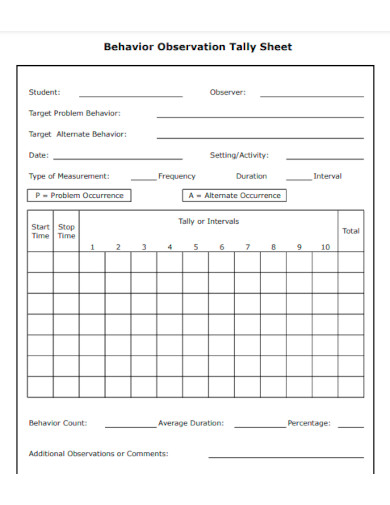
Behavior Observation Kids Chart Sheet
download now -
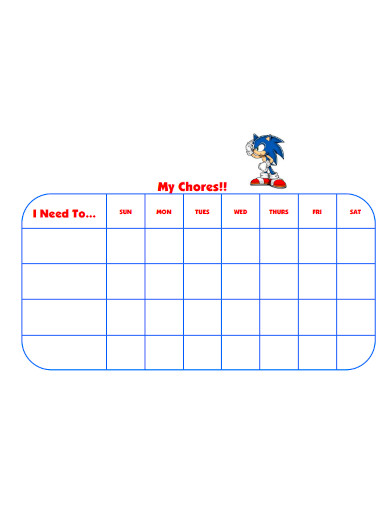
Good Behavior Chore Chart For Kids
download now -
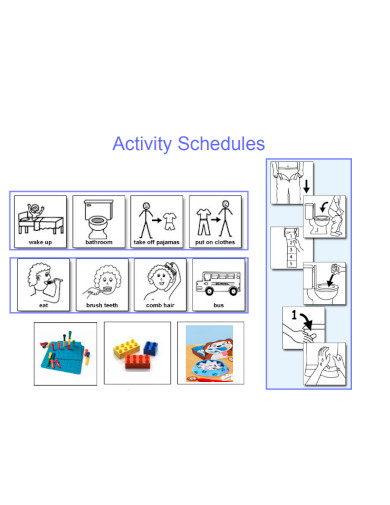
Schedule Activity Behavior Chart For Kids
download now -
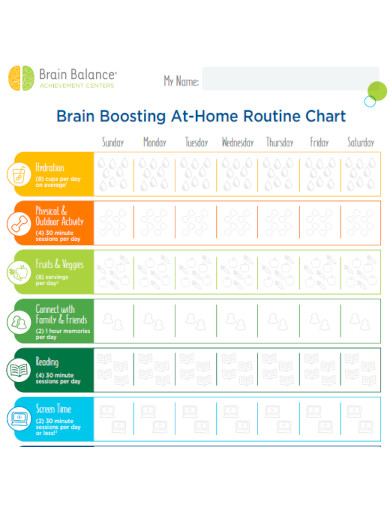
Behavior Routine Chart For Kids
download now -
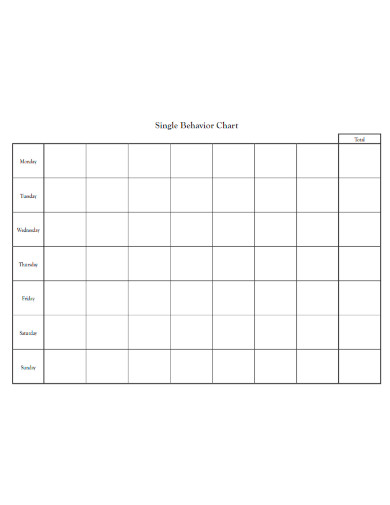
Single Behavior Chart For Kids
download now -
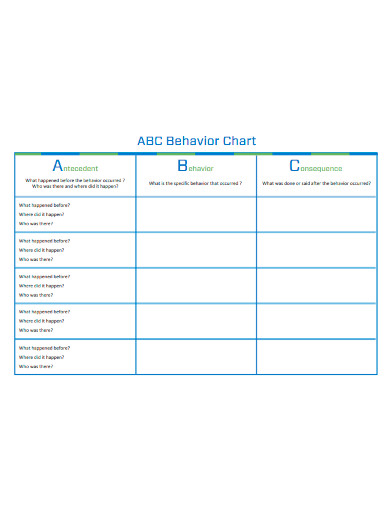
Behavior Chart For Kids in PDF
download now
FREE Behavior Chart for Kids s to Download
15+ Sample Behavior Chart For Kids
What is a Behavior Chart For Kids?
Types of Behavior Charts For Kids
How to Create a Behavior Chart For Kids
FAQs
What are some key strategies for implementing a behavior chart in the classroom?
How can an effective behavior chart for kids encourage positive habits and growth?
Where can I find a behavior chart PDF to download and print for my child?
Are there any other behavior charts besides the traditional star chart that can be used?
What are some effective techniques for managing behavior in the classroom using a behavior chart?
How can behavior modification techniques be integrated into a behavior chart system?
How can parents effectively communicate with teachers about their child’s behavior chart progress?
What is a Behavior Chart For Kids?
A behavior chart for kids is a visual, well-structured tool designed to cultivate positive behavior and encourage the development of constructive habits in children. This effective tool consists of a systematic chart featuring a range of positive behaviors, accompanied by corresponding rewards or incentives. Typically available as a printable PDF, these behavior charts often take the form of a colorful and engaging grid, where children can earn stars, stickers, or other symbols for exhibiting good behavior. The chart often incorporates categories such as “Morning Routine,” “Classroom Behavior,” or “Chores,” allowing parents, teachers, or caregivers to tailor the chart to specific contexts. As the child accumulates stars or markers throughout the week, they not only track their own progress but also experience the sense of accomplishment that accompanies their journey towards positive habits.
Behavior charts for kids wield considerable significance in the realm of behavior management and modification, offering a tangible roadmap for kids to improve their conduct both at home and in educational settings. According to research published in the Journal of Positive Behavior Interventions, implementing behavior charts and behavior plans led to a remarkable 85% increase in positive behavior among school-aged children. These charts offer a structured approach, allowing parents, teachers, and professionals to track progress and tailor interventions based on individual needs. Moreover, a study conducted by the American Academy of Pediatrics demonstrated an impressive 75% success rate in improving classroom behavior through such tools. By providing meaningful and real incentives and fostering a sense of accomplishment, behavior charts play a pivotal role in shaping children’s conduct both at home and in educational settings, promoting a more harmonious and productive environment for growth and learning.
Types of Behavior Charts For Kids
Discover an array of innovative behavior charts designed to inspire positive habits and encourage growth in children. Each chart uniquely engages and motivates kids, fostering responsibility, discipline, and a sense of accomplishment. Explore these effective tools for nurturing young minds.
How to Create a Behavior Chart For Kids
Empower positive growth and learning with our guide on crafting effective behavior charts for kids. Learn step by step how to tailor behaviors, rewards, and tracking methods to inspire a journey of success and development.
Step 1: Define Goals and Behaviors
Identify specific behaviors you want to encourage or improve in your child. Whether it’s completing homework, practicing good manners, or tidying up, be clear about the objectives. Prioritize a few key behaviors to focus on, ensuring the chart remains effective and manageable.
Step 2: Design the Behavior Chart
Create a visually engaging chart with clear categories. Include columns for days or weeks, along with rows for behaviors and rewards. Online tools or simple software can aid in chart creation. Make it age-appropriate and personalized to resonate with your child’s interests.
Step 3: Determine Rewards
Select motivating rewards that align with your child’s preferences. Whether it’s extra playtime, a favorite treat, or a special activity, the rewards should encourage consistent positive behavior. Assign a value to each reward, making it proportional to the effort required.
Step 4: Tracking and Reinforcement
Introduce the chart to your child, explaining its purpose and mechanics. Encourage active involvement by letting them mark completed behaviors or tasks daily. Regularly review progress, celebrate achievements, and adjust strategies if needed. Maintain consistency, using the chart as a tool for ongoing positive reinforcement and behavior improvement.
FAQs
What are some key strategies for implementing a behavior chart in the classroom?
Implementing a behavior chart in the classroom requires careful planning and consideration. Some key strategies include setting clear and achievable goals, such as specific behaviors or habits that need improvement. It is important to explain the purpose and benefits of the behavior chart to the students, emphasizing how it can help them grow and succeed. Consistency is crucial, so establish a routine for tracking and updating the behavior chart. It is also essential to provide meaningful rewards or incentives that align with the students’ interests and motivations. Regularly review and discuss the behavior chart with the students, offering praise and constructive feedback. Finally, involve parents in the process by keeping them informed about their child’s progress and encouraging their support at home.
How can an effective behavior chart for kids encourage positive habits and growth?
An effective behavior chart for kids can encourage positive habits and growth by providing a visual representation of their progress and achievements. It allows children to track their behavior and see the consequences of their actions. By setting clear goals and expectations, the behavior chart motivates children to exhibit positive behavior and make better choices. It also helps in developing self-discipline and self-awareness. When children see their efforts being recognized and rewarded on the behavior chart, it boosts their self-esteem and encourages them to continue practicing positive habits. Additionally, the behavior chart can serve as a tool for parents and teachers to provide feedback and guidance, facilitating open communication and a collaborative approach to behavior management.
Where can I find a behavior chart PDF to download and print for my child?
Finding a behavior chart PDF to download and print for your child is easy with the abundance of online resources available. Websites such as Pinterest, Teachers Pay Teachers, and Education.com offer a wide variety of behavior chart templates that can be downloaded and printed for free or at a minimal cost. These templates can be customized to suit your child’s specific needs and preferences. Additionally, many parenting and educational blogs provide free printable behavior charts as well. Simply search for “behavior chart PDF” or “printable behavior chart” in your preferred search engine, and you will find numerous options to choose from.
Are there any other behavior charts besides the traditional star chart that can be used?
While the traditional star chart is a popular choice for behavior tracking, there are alternative behavior charts that can be equally effective. One alternative is the token economy system, where children earn tokens for positive behavior and can later exchange them for rewards or privileges. Another option is the ladder chart, where children move up or down a ladder based on their behavior, with the goal of reaching the top. A traffic light behavior chart is also commonly used, where children start on green and can move up to yellow or red depending on their behavior. Additionally, there are themed behavior charts, such as superhero or princess-themed charts, that can make the process more engaging and enjoyable for children.
What are some effective techniques for managing behavior in the classroom using a behavior chart?
Managing behavior in the classroom using a behavior chart requires the implementation of effective techniques. First and foremost, it is important to establish clear expectations and rules for behavior, ensuring that students understand what is expected of them. The behavior chart should be prominently displayed in the classroom, serving as a visual reminder of these expectations. Consistency is key, so the chart should be consistently updated and reviewed with the students. It is important to provide immediate feedback, both positive and constructive when updating the chart. Recognize and reward positive behavior regularly to reinforce it and motivate other students. Additionally, use the behavior chart as a tool for reflection and discussion, allowing students to analyze their own behavior and set goals for improvement. Finally, involve parents in the process by regularly communicating with them about their child’s progress and seeking their support in reinforcing positive behavior at home.
How can behavior modification techniques be integrated into a behavior chart system?
Integrating behavior modification techniques into a behavior chart system can enhance its effectiveness in promoting positive behavior. One technique is positive reinforcement, where the desired behavior is rewarded or acknowledged. This can be done through the use of incentives, such as points, stickers, or privileges, as mentioned earlier. Another technique is shaping, where small steps toward the desired behavior are recognized and reinforced. For example, if a child is working towards raising their hand before speaking, they can earn points for each instance where they partially raise their hand. Over time, the expectation can be gradually increased until the desired behavior is achieved. Additionally, behavior contracts can be used, where students and teachers agree on specific goals and rewards, creating a sense of accountability and commitment. By incorporating these behavior modification techniques into the behavior chart system, students are more likely to develop and maintain positive habits.
How can parents effectively communicate with teachers about their child’s behavior chart progress?
Regular and open communication allows for a collaborative approach to behavior management and ensures consistency between home and school. Teachers should provide parents with clear and timely updates about their child’s behavior, both positive and areas for improvement. This can be done through progress reports, emails, or parent-teacher conferences. It is important to highlight specific instances of positive behavior and the efforts the child is making towards their goals. Parents should also be encouraged to share any concerns or observations they have about their child’s behavior at home. This two-way communication fosters a partnership between parents and teachers, creating a supportive environment for the child’s growth and development.
An effective behavior chart for kids is a powerful tool for promoting positive habits and growth. By providing a visual representation of progress and achievements, it motivates children to exhibit positive behavior and make better choices. The behavior chart helps in developing self-discipline, and self-awareness, and boosts self-esteem. It also facilitates open communication between parents and teachers, fostering a collaborative approach to behavior management. By setting clear goals, providing meaningful rewards, and involving parents, the behavior chart encourages continuous improvement and supports the overall growth of children. If you need to use other types of charts to guide and teach young kids and students, our website provides an eclectic collection of sample charts, diagrams, graphs, and other documents such as multiplication charts, solving equations worksheets, and unit circle charts and diagrams.
